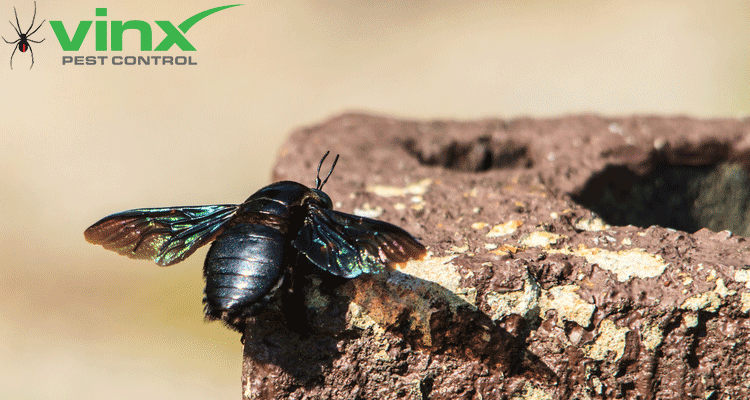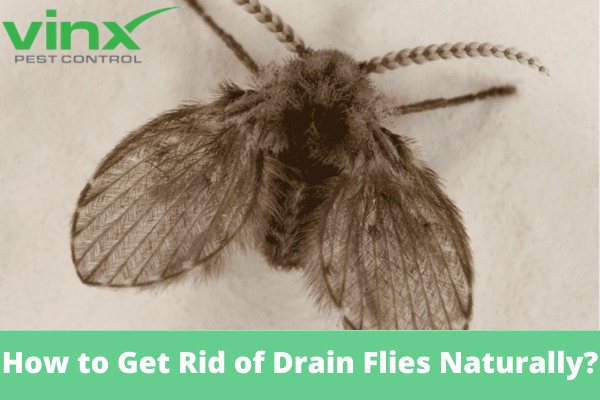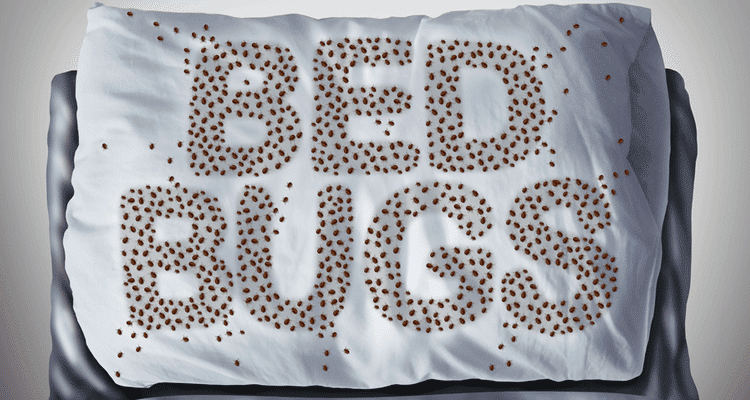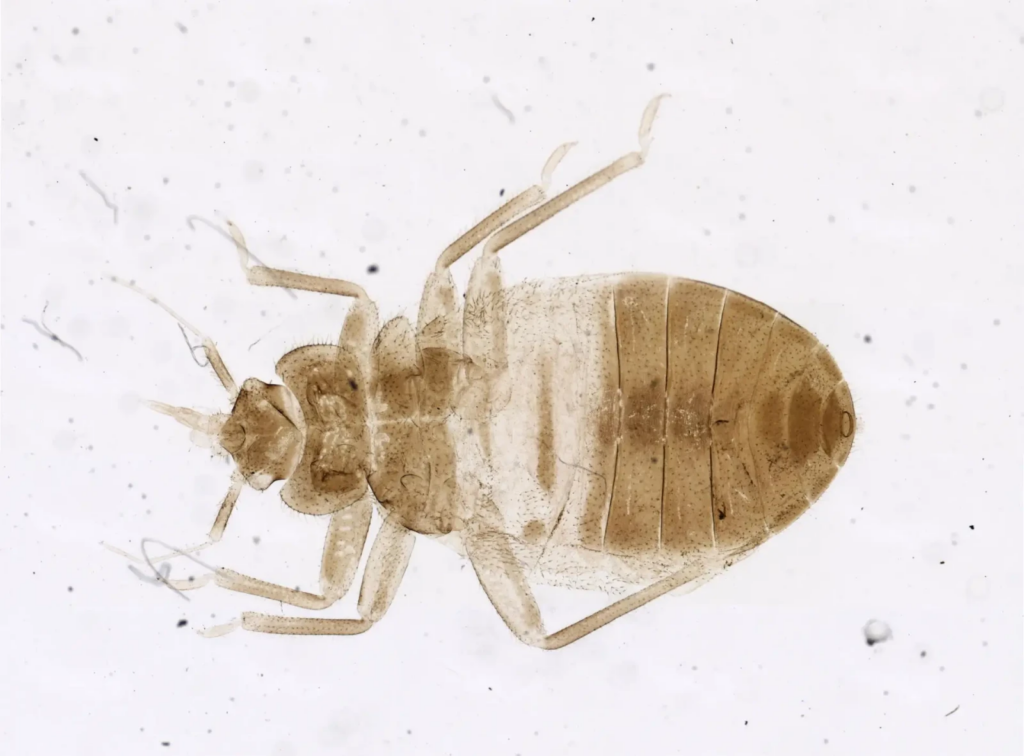Virginia Beach is a beautiful place with nice weather. It’s great for living and visiting. But, it also has pests that can invade your home.
Vinx Pest Control knows how to keep your home safe. Our team of experts works hard to keep pests away. We want your home to be pest-free.
We make sure you can enjoy Virginia Beach without pests. Our reliable services protect your home and family. You can relax knowing we’ve got it covered.
Key Takeaways
- Virginia Beach’s pleasant weather attracts both residents and pests.
- Vinx Pest Control offers top-rated services to protect your home.
- Our professional exterminators are dedicated to effective pest management.
- We provide reliable solutions to safeguard your home and family.
- Enjoy Virginia Beach without worrying about pest infestations with our help.
The Unique Pest Challenges Facing Virginia Beach Homeowners
Homeowners in Virginia Beach face special pest problems. The area’s climate and location make it perfect for many pests. The humid subtropical climate means mild winters and hot, humid summers.

Common Pests in the Coastal Virginia Region
Virginia Beach has many pests that can get into homes. These pests fall into two main groups:
Insects and Crawling Pests
- Cockroaches love the humid air.
- Ants, like odorous house ants and pavement ants, are common.
- Termites can damage buildings a lot.
- Bed bugs can sneak into homes on used furniture or through travel.
Rodents and Wildlife
- Rats and mice carry diseases and damage property.
- Raccoons can mess up attics.
- Squirrels can chew on wires and insulation.
How Virginia Beach’s Climate Affects Pest Activity
The climate in Virginia Beach really affects pests. Summer’s high humidity and warmth are perfect for pests like cockroaches and termites. Knowing how the climate affects pests helps manage them better.
Health and Property Risks of Untreated Infestations
Ignoring pest problems can be very dangerous. Pests can spread diseases, cause allergies, and make breathing problems worse. Also, pests like termites can damage homes a lot, leading to expensive fixes.
Why Professional Pest Control in Virginia Beach Is Essential
Protecting your home in Virginia Beach is very important. The local weather and land make it key to get expert help for pests.
The Hidden Dangers of DIY Pest Control
Many try to fight pests by themselves. But, DIY methods can be bad and not work well. They might use harmful chemicals or miss the main problem.
- Inadequate treatment can lead to prolonged exposure to pests.
- Improper use of chemicals can pose health risks to humans and pets.
- DIY methods often fail to address the source of the infestation.
Economic Impact of Pest Damage on Your Property
Pests can cost a lot of money. They can damage your home’s structure or make cleanup expensive.
- Termite damage can compromise the structural integrity of your home.
- Rodent infestations can lead to costly repairs and replacements.
- Pest damage can decrease your property’s value.
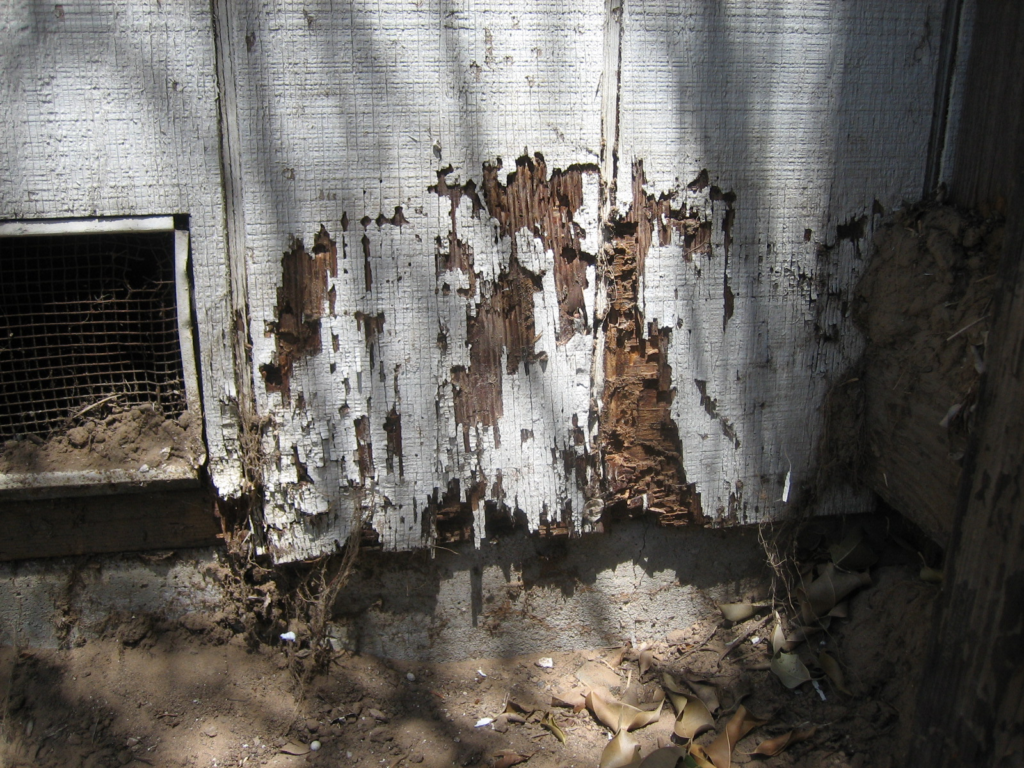
Health Benefits of Maintaining a Pest-Free Home
Keeping your home pest-free is good for your health. Pests can cause allergies, spread diseases, and make breathing problems worse.
Allergy and Asthma Reduction
Pests like cockroaches and dust mites can make allergies and asthma worse. Getting rid of these pests can help a lot.
Prevention of Pest-Borne Diseases
Some pests, like mosquitoes and ticks, can spread diseases. Professional pest control can stop these diseases, making your home safer.
- Mosquitoes can transmit diseases like Zika and West Nile virus.
- Tick bites can cause Lyme disease and other illnesses.
At Vinx Pest Control, we know how important professional pest control is in Virginia Beach. We offer safe and effective ways to deal with pests. This keeps your home healthy and comfy for you and your family.
Comprehensive Pest Control Services We Offer at Vinx
At Vinx Pest Control, we know every home and business is different. That’s why we offer many services to help with pest problems in Virginia Beach.
Customized Residential Pest Control Programs
We think pest control should be personal. Our home pest control plans are made just for you. They help solve your pest problems in the best way.
Ongoing Protection Plans
We have plans to keep pests away for good. These include regular checks and treatments. They keep your home safe all year.
Commercial Pest Management Solutions
Businesses need special pest control to keep running smoothly. Our solutions are made for Virginia Beach businesses. They keep your place pest-free for everyone.
Specialized Treatment Options for Specific Pests
Some pests, like wasps, termites, and bed bugs, need special care. Our team uses the latest methods to get rid of them.
Emergency Pest Control Response
Pests can show up anytime. That’s why we’re ready to help fast. Our emergency service fixes problems quickly to avoid more damage.
Advanced Termite Control Strategies for Virginia Beach Properties
At Vinx Pest Control, we know how important it is to protect your property in Virginia Beach from termites. Termites can cause a lot of damage to homes and businesses. Our team uses advanced strategies to fight termite infestations and stop future damage.
Early Warning Signs of Termite Activity
Finding termite activity early is key to avoiding big damage. Look for mud tubes on walls or ceilings, discarded wings, and wood that sounds hollow. If you see these signs, call a termite control service right away.

Our Multi-Phase Termite Treatment Process
Our termite treatment has many steps to control termites well.
Inspection and Assessment
Our experts check your property for termites and see how bad the problem is. This helps us make a treatment plan just for you.
Targeted Treatment Application
We use special treatments to kill termite colonies and stop more from coming. Our treatments work well and are good for the environment.
Preventative Barrier Installation
We put a barrier around your property to keep termites out. This barrier keeps termites from getting in, protecting your place for a long time.
Long-Term Termite Prevention and Monitoring
Keeping your property termite-free for a long time is important. Our team checks and maintains your property to keep it safe. We also teach you how to prevent termites to protect your investment.
Expert Rodent Removal and Exclusion Techniques
At Vinx Pest Control, we are experts in getting rid of rodents in Virginia Beach. We make sure rodents don’t come back. Our methods are thorough and effective.
Comprehensive Property Assessment for Entry Points
We start by checking your property for where rodents might get in. This helps us know how bad the problem is. Then, we plan how to get rid of them.
Humane and Effective Removal Methods
We use kind and smart ways to remove rodents. This way, we don’t hurt them too much. Our methods are quick and don’t mess up your day.
Structural Repairs and Exclusion Services
After we remove the rodents, we fix your property to keep them out. This includes:
- Sealing Entry Points: We close all spots where rodents could get back in.
- Installing Protective Barriers: We put up barriers to keep rodents away for good.
Sanitization and Damage Restoration
Then, we clean and fix your property. We make sure it’s safe and looks good again. This includes cleaning up and fixing any damage.
Choosing Vinx Pest Control means your Virginia Beach property is safe from rodents. Trust us to keep your place rodent-free.
The Vinx Approach to Pest Control Virginia Beach Residents Trust
At Vinx Pest Control, we focus on safe and effective pest solutions. We know every home and family is different. So, we customize our services for Virginia Beach residents.

Our Experienced and Certified Local Technicians
Our team has skilled and certified local technicians. They know the latest in pest control. They’re trained to solve any pest problem in your home.
Choosing Vinx means you get a team of experts. They’re here to protect your home and family.
Eco-Friendly and Family-Safe Treatment Protocols
We care about your family, pets, and the environment. That’s why we use safe and green treatments. For more info on treatment, including if you need to leave your house, check our detailed guide.
Transparent Pricing and No Hidden Fees
We offer clear pricing with no hidden fees. You’ll know exactly what you’re paying for. Our goal is to provide effective pest control that fits your budget.
Our Satisfaction Guarantee and Follow-up Process
We guarantee your satisfaction. If you’re not happy, we’ll make it right. Our follow-up ensures any issues are fixed quickly.
We keep watching your property to stop future pest problems.
Specialized Bed Bug and Cockroach Elimination Services
At Vinx Pest Control, we know how upsetting bed bugs and cockroaches can be. We offer special services to help. These pests are not just annoying; they can also make you sick. Our team will check your home well and treat it to get rid of these pests.
Advanced Detection Methods for Hidden Infestations
Our experts use special tools to find even the smallest signs of bed bugs and cockroaches. They look in places where pests like to hide. They also use special equipment and watch for any signs of pests.
Multi-Stage Treatment Protocols
Getting rid of pests takes more than one step. Our plan includes:
Initial Treatment and Elimination
We start with a deep treatment to get rid of the pests. We use different methods based on how bad the problem is.
Follow-up Treatments and Monitoring
After the first treatment, we do more to make sure all pests are gone. We keep an eye on things and change our plan if needed.
Prevention Education and Support
Stopping pests before they start is important. We teach our customers how to keep pests away. We give tips on keeping your place clean and spotting pests early.
Year-Round Pest Prevention for Virginia Beach Homes
To keep your home pest-free in Virginia Beach, you need to act all year. Pests can get into your home anytime. They can damage things and make your family sick.
Seasonal Pest Prevention Strategies
Every season brings its own pest problems. Knowing these changes helps you fight pests better.
Spring and Summer Pest Management
In spring and summer, ants, mosquitoes, and termites are busy. Here’s how to handle them:
- Seal all entry points around your home.
- Keep your yard clean and free of debris.
- Eliminate standing water to prevent mosquito breeding.
Fall and Winter Preparation
In fall and winter, rodents and cockroaches look for a warm place in homes. Here’s what to do:
- Inspect your home’s exterior for gaps and seal them.
- Clean your gutters and downspouts.
- Store food in sealed containers and clean up clutter.
Home Maintenance Practices That Deter Pests
Keeping your home in good shape helps keep pests away. This means a neat yard, fixing leaks, and a strong foundation. For tips on summer pests, check out our page on summer bugs.

The Value of Regular Professional Inspections
While you can try to keep pests out yourself, pro inspections are key. Our experts can find problems early and fix them. They make sure your home is pest-free all year.
Conclusion: Protecting Your Virginia Beach Home with Vinx Pest Control
Keeping your home safe from pests is very important in Virginia Beach. The weather and land make it perfect for pests. Vinx Pest Control knows how to help you keep your home pest-free.
We talked about the pests in Virginia Beach and why you need to control them. Untreated pests can be harmful. Our team at Vinx Pest Control uses safe and green ways to fight pests.
Choosing Vinx Pest Control means you’re keeping your family and home safe. Our experts are ready to help you. Visit our blog for more info on keeping pests away.
FAQ
Q: What areas does Vinx Pest Control serve in Virginia Beach?
A: We cover all of Virginia Beach. We offer great pest control for homes and businesses.
Q: What types of pests do you commonly treat in Virginia Beach?
A: We deal with many pests. This includes insects, rodents, and wildlife. Common pests are termites, bed bugs, cockroaches, and rodents.
Q: How do I know if I have a termite infestation?
A: Watch for signs like mud tubes and damaged wood. Our termite treatment can find and fix infestations.
Q: What is the most effective way to prevent rodent infestations?
A: Our detailed checks find where rodents get in. We then seal those spots to keep them out.
Q: Are your pest control services eco-friendly and safe for my family?
A: Yes, our methods are safe and green. They protect the environment and keep your family safe.
Q: How often should I schedule pest control services?
A: Regular checks are key to a pest-free home. We offer plans for homes and businesses to fit your needs.
Q: Do you offer emergency pest control response services?
A: Yes, we’re here for emergencies. We quickly solve pest problems.
Q: Can I prevent bed bugs and cockroaches on my own?
A: Some steps can help, but our methods are best. We find and get rid of hidden pests. We also teach you how to keep pests away.
Q: What are the benefits of maintaining a pest-free home?
A: A pest-free home is healthier. It lowers allergy and asthma risks. It also keeps your home safe from pest damage.
Q: How do I get started with Vinx Pest Control?
A: Just call us to set up a meeting. Our experts will check your home and offer a plan just for you.




